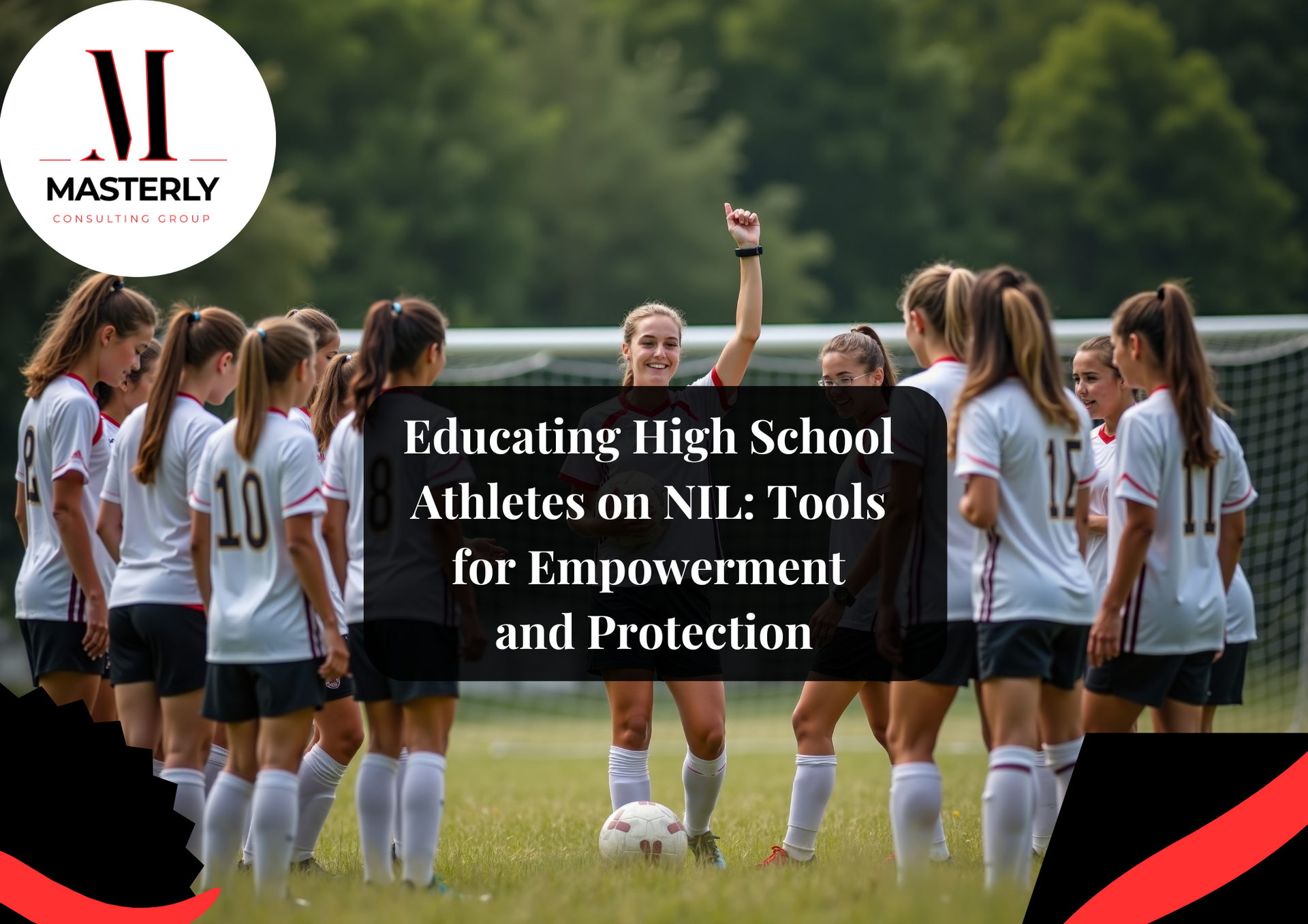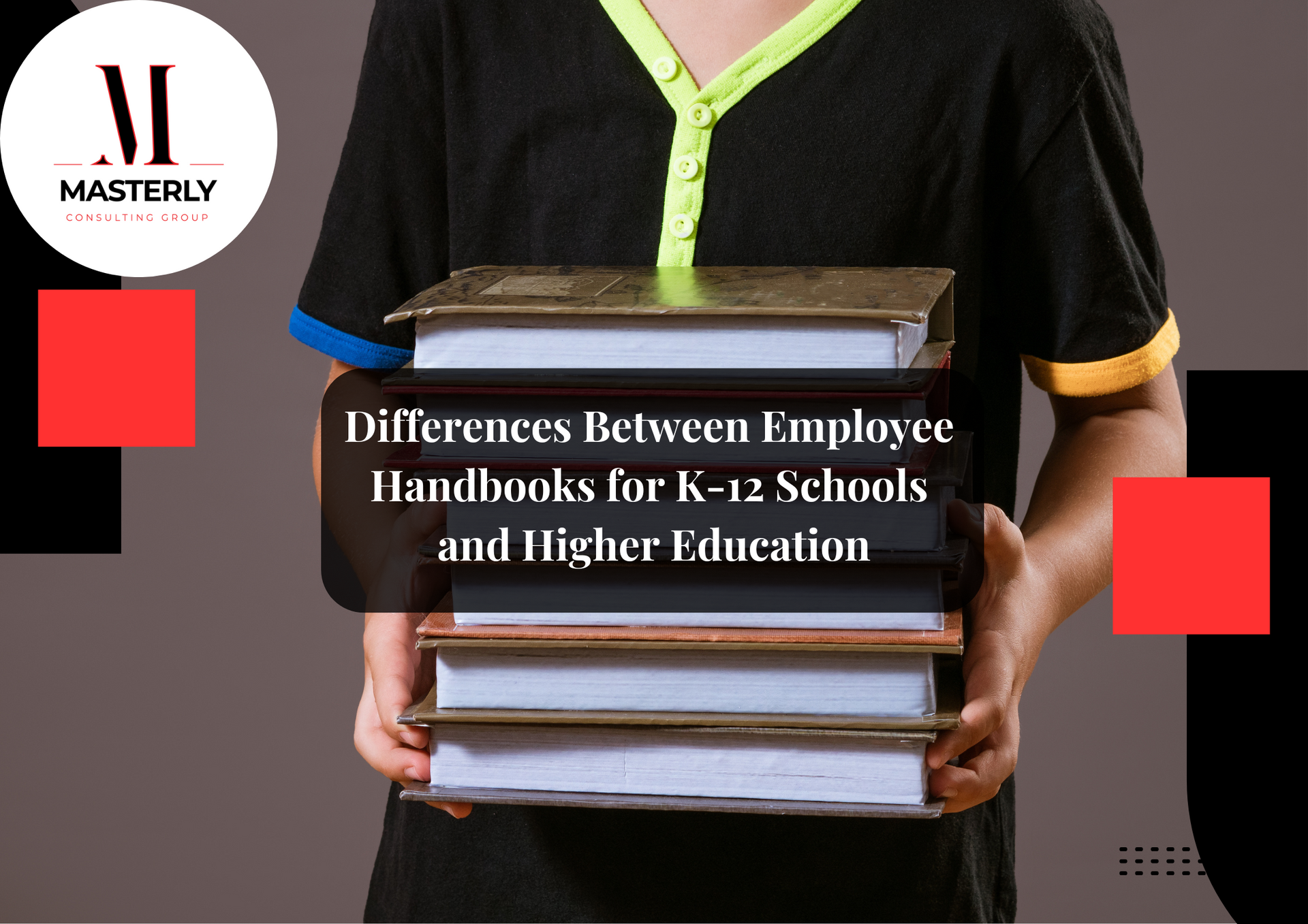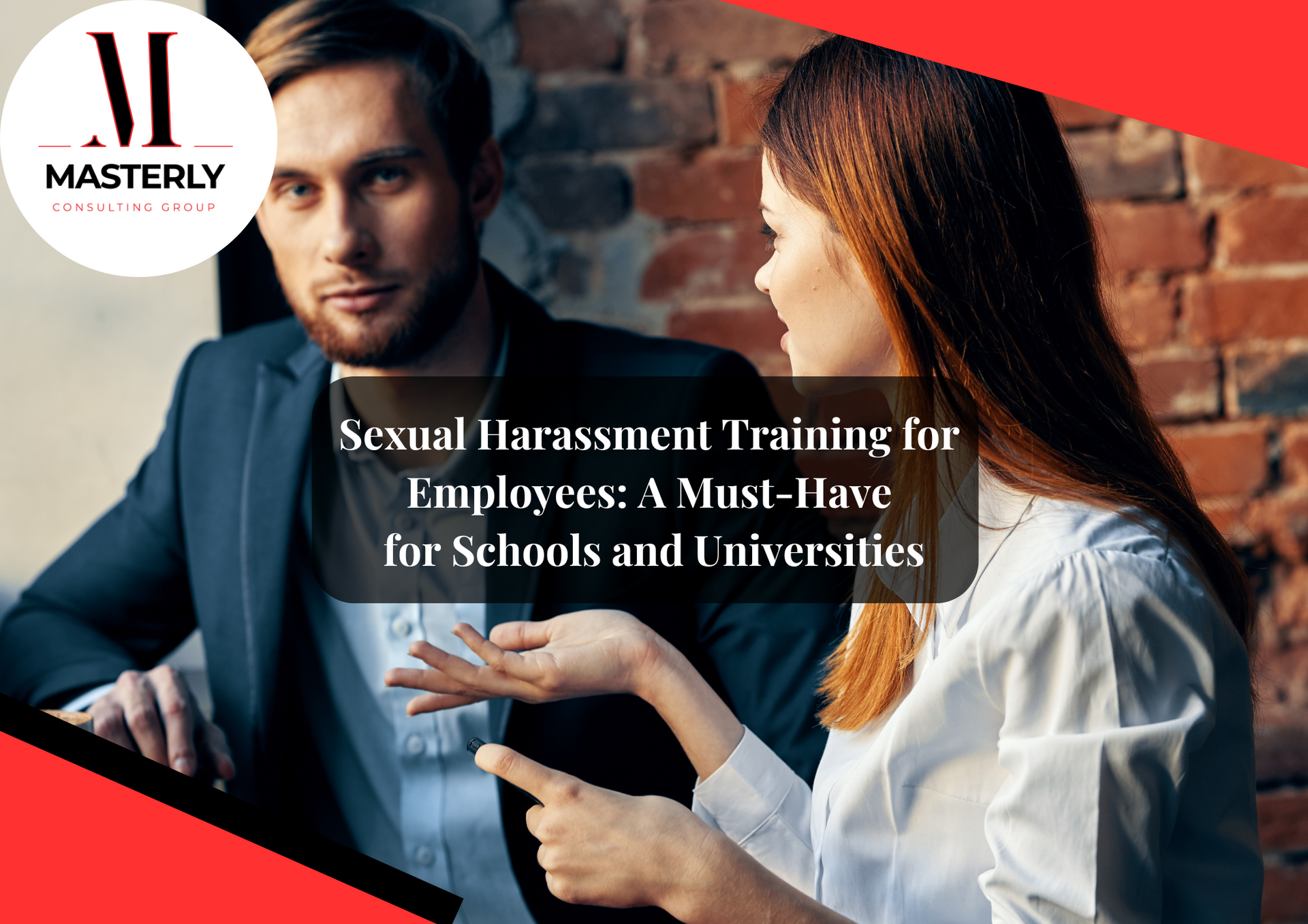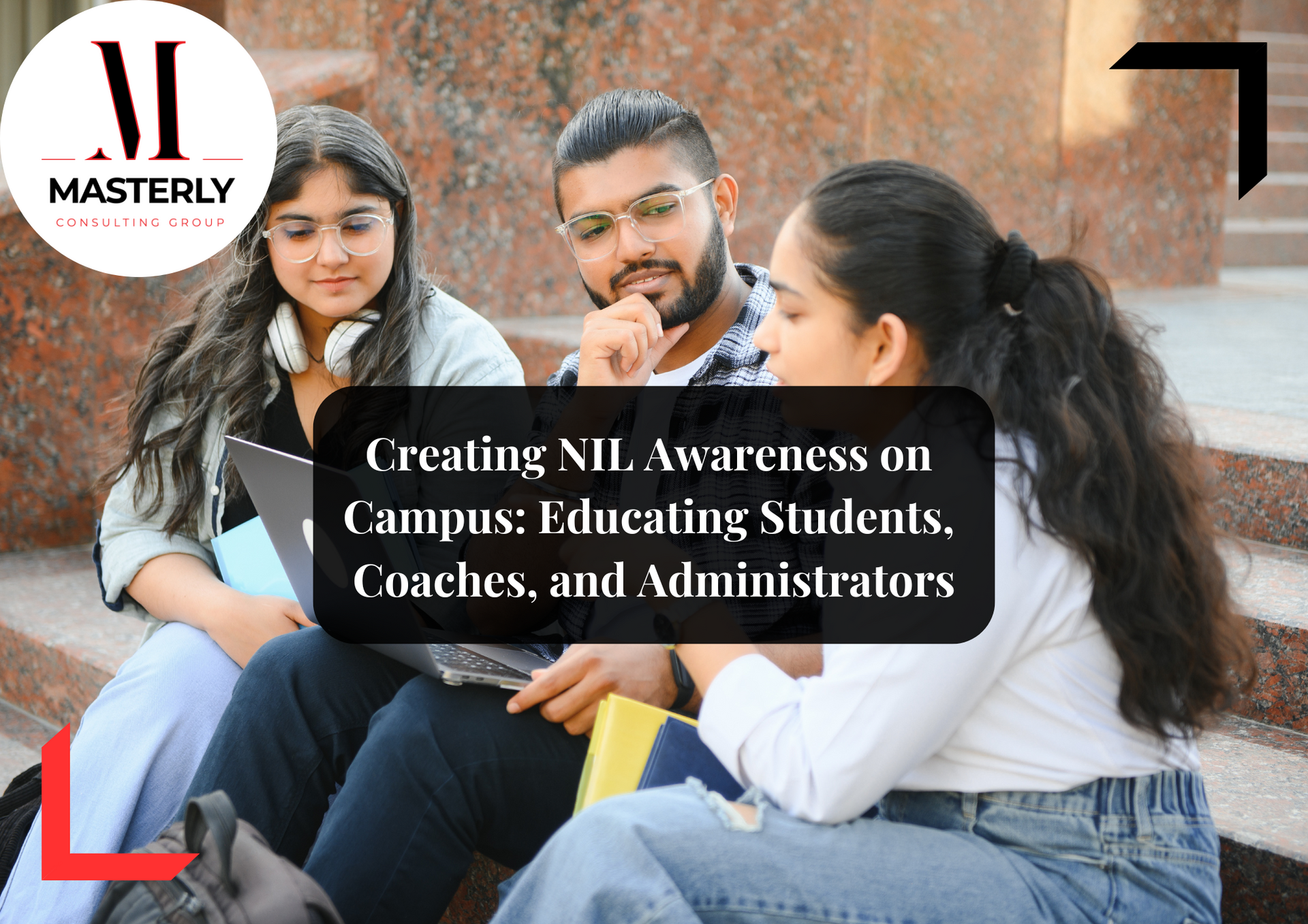Balancing NIL Opportunities and Academic Success for Student-Athletes
The introduction of name, image, and likeness (NIL) rules has revolutionized the way student athletes navigate their academic and athletic careers. While NIL opportunities create financial benefits, they also bring challenges, especially for high school student athletes trying to maintain their amateur status and academic performance. Schools must ensure that student-athletes are supported in pursuing NIL deals without compromising their education.
Schools, high school athletic directors, and athletic administrators need to create policies that guide student athletes through NIL agreements, ensure compliance with state laws, and provide the necessary academic and financial literacy resources. A well-balanced approach enables student athletes to capitalize on NIL money while maintaining their eligibility and academic integrity.
The Impact of NIL Deals on High School and College Student-Athletes
NIL Rules and Their Influence on Student-Athletes
With NIL rights now signed into law across multiple states, high school sports and college athletics have entered a new era where high school students and college athletes can monetize their athletic fame through NIL activities. State high school associations and school districts must navigate this evolving landscape by implementing NIL policies that support both academic success and athletic performance.
Balancing NIL Activities and Education
While NIL agreements provide monetary value, student-athletes must focus on maintaining their grades and further education aspirations. Schools can assist by:
- Providing academic advising tailored to high school athletes managing NIL activities
- Establishing NIL compliance programs to prevent conflicts between NIL deals and school obligations
- Encouraging time management strategies to balance training, academics, and NIL opportunities
- Educating student-athletes on financial literacy to manage NIL money effectively
Schools and Their Role in NIL Policy Implementation
High School Associations and Their Regulations
Different high school associations have developed own NIL rules, but they vary significantly. Some private schools and OSAA-affiliated high schools have adapted quicker than state high school associations. Understanding and complying with state laws governing NIL is critical for member schools to avoid potential issues.
NIL Collectives and Their Role in Education
NIL collectives provide financial and branding opportunities, but without proper oversight, they can create conflicts between education and commercial or marketing endorsements. Schools should work alongside NIL collectives to ensure student-athletes remain focused on academics while leveraging their athletic skill for NIL deals.
Challenges and Solutions for Schools Supporting NIL Opportunities
The Risk of Compromising Academic Integrity
Some fear that the pursuit of NIL rights may overshadow educational goals. To prevent this, school districts, athletic administrators, and athletic departments should implement the following:
- Structured study programs ensuring academic performance remains a priority
- Limitations on NIL activities during critical academic periods
- Guidance from a name, image, and likeness lawyer to ensure compliance with school policies and intellectual property laws
Use of School Logos, Uniforms, and Facilities in NIL Activities
Many NIL rules restrict the use of school logos, school marks, and school uniforms in NIL agreements. Member schools must provide clear guidance on identifying school insignia to prevent unintentional rule violations. Additionally, school facilities should not be used for NIL-related personal appearances unless specifically exempted by the school’s NIL policy.
Preparing Student-Athletes for NIL Success
Financial and Branding Education
To make the most of NIL opportunities, young athletes must understand financial planning, branding, and the long-term effects of endorsement deals. Schools should offer workshops on:
- Building a personal brand without violating NIL rules
- Managing taxes and contracts for NIL agreements
- Understanding the monetary value of their image and likeness
Maintaining Eligibility and Compliance
Ensuring that student athletes’ amateurism status remains intact is crucial. Schools should provide education on:
- Banned athletic substances that could jeopardize eligibility
- Avoiding accepting material awards that violate NIL policies
- Monitoring organized athletic activity and school team commitments to align with NIL rights

The Future of NIL in High School and College Athletics
Evolving NIL Policies and State Laws
As NIL proposals fail or succeed across different states, it’s only a matter of time before further modifications arise in Texas state law and nationwide policies. The vast majority of schools are still adjusting, and proactive preparation will benefit student-athletes. Athletic directors and school teams must remain informed and adaptable to changes in NIL regulations.
Partnering with Professionals for NIL Compliance
A name, image, and likeness lawyer can help schools, high school athletes, and their families navigate NIL complexities. Schools should encourage student-athletes to seek professional guidance before signing NIL deals to protect their amateur status and long-term eligibility.
Navigating NIL Deals Without Compromising Academics
The rise of college sports NIL opportunities has transformed the landscape for student-athletes, including those at the high school level. A prospective student-athlete must now weigh financial incentives against their academic and athletic commitments. For athletes engaging in high school NIL deals, ensuring compliance with both state regulations and school policies is crucial. Organizations like the Mississippi Intercollegiate Athletics Compensation board establish guidelines to protect young athletes from contracts that could jeopardize their eligibility.
Additionally, schools may prohibit NIL agreements that interfere with official sponsorships—for example, a deal featuring a school team uniform may not be permitted if a board deems inappropriate its association with a competing brand. As institutions work toward allowing student-athletes to benefit from NIL, it is essential to create structured policies that support both their educational and athletic development. Whether representing a high school team or preparing for collegiate competition, a prospective student-athlete’s name should be synonymous with both integrity and academic commitment. Schools, families, and advisors must work together to ensure that NIL opportunities serve as a stepping stone rather than a distraction from long-term success.
The Impact of NIL Deals on High School Sports and College Readiness
The expansion of Name, Image, and Likeness (NIL) rights has significantly impacted both high school sports and collegiate athletics. As member schools adapt to these changes, they must ensure that policies support young athletes while maintaining fair competition. Many high school athletes are now eligible for NIL deals, but understanding the long-term implications is crucial for their academic and athletic future. For college athletes, NIL provides financial opportunities, but it also comes with challenges such as contract management and compliance with school policies. To protect eligibility and avoid conflicts, a member school may impose restrictions on certain endorsements, ensuring that high school student-athletes remain focused on their education. By developing clear guidelines and educational resources, institutions can help student-athletes navigate the complexities of name, image, and likeness, ensuring that NIL remains a tool for empowerment rather than a distraction.
Helping High School Student-Athletes Prepare for NIL in College
As high school student-athletes explore NIL opportunities, understanding how to balance these deals with their academic and athletic commitments is essential. Many high school athletes are eager to leverage their name, image, and likeness, but without proper guidance, they risk jeopardizing future eligibility in college sports. For college athletes, NIL can provide financial stability, but it also comes with challenges such as time management and contract obligations. Schools must take an active role in allowing student-athletes to benefit from NIL while ensuring they remain focused on their education. By educating high school athletes on compliance, financial literacy, and branding, institutions can help them transition into college with a strong foundation. With NIL continuing to shape the future of student-athletes, early preparation is key to long-term success both in academics and athletics.
Balancing Athletic Fame and NIL Responsibilities for Student-Athletes
As high school student-athletes and college athletes gain athletic fame, many are eager to explore NIL deals to capitalize on their success. However, schools and governing bodies have implemented strict regulations to ensure that endorsements align with educational priorities. One major concern is the use of school marks, such as logos and mascots, in NIL agreements. Many member schools prohibit student-athletes from using official branding in commercial ventures to prevent conflicts with institutional sponsorships. While Name, Image, and Likeness opportunities provide financial benefits, student-athletes must navigate these deals carefully to avoid violations that could impact their eligibility. Schools play a critical role in allowing student-athletes to benefit from NIL while ensuring compliance with policies designed to protect both athletes and academic institutions.
Striking the Right Balance: NIL, Academics, and Athletic Commitments
For a prospective student-athlete relating to the evolving NIL landscape, understanding how to navigate financial opportunities while maintaining academic and athletic responsibilities is critical. The introduction of NIL in college sports has created new possibilities, but it also requires careful planning to ensure compliance with school and state regulations. Schools are focused on allowing student-athletes to benefit from NIL while ensuring that these opportunities do not interfere with their education or eligibility. This means that institutions must establish policies that define what means student-athletes can and cannot do regarding endorsements, sponsorships, and branding. By setting clear guidelines, both high school and collegiate programs can help athletes make informed decisions that support their long-term academic and athletic success.
Contact Us for Expert NIL Guidance
Navigating the complexities of name, image, and likeness regulations can be overwhelming for student athletes, schools, and parents. Our team specializes in ensuring high school students, high school athletes, and college athletes maximize their NIL rights while maintaining their education and eligibility.
If you need expert legal guidance on NIL agreements, compliance with NIL policies, or building a sustainable personal brand, we’re here to help. Contact us at (888) 209-4055 for a free consultation and let us assist you in balancing NIL opportunities with academic success.

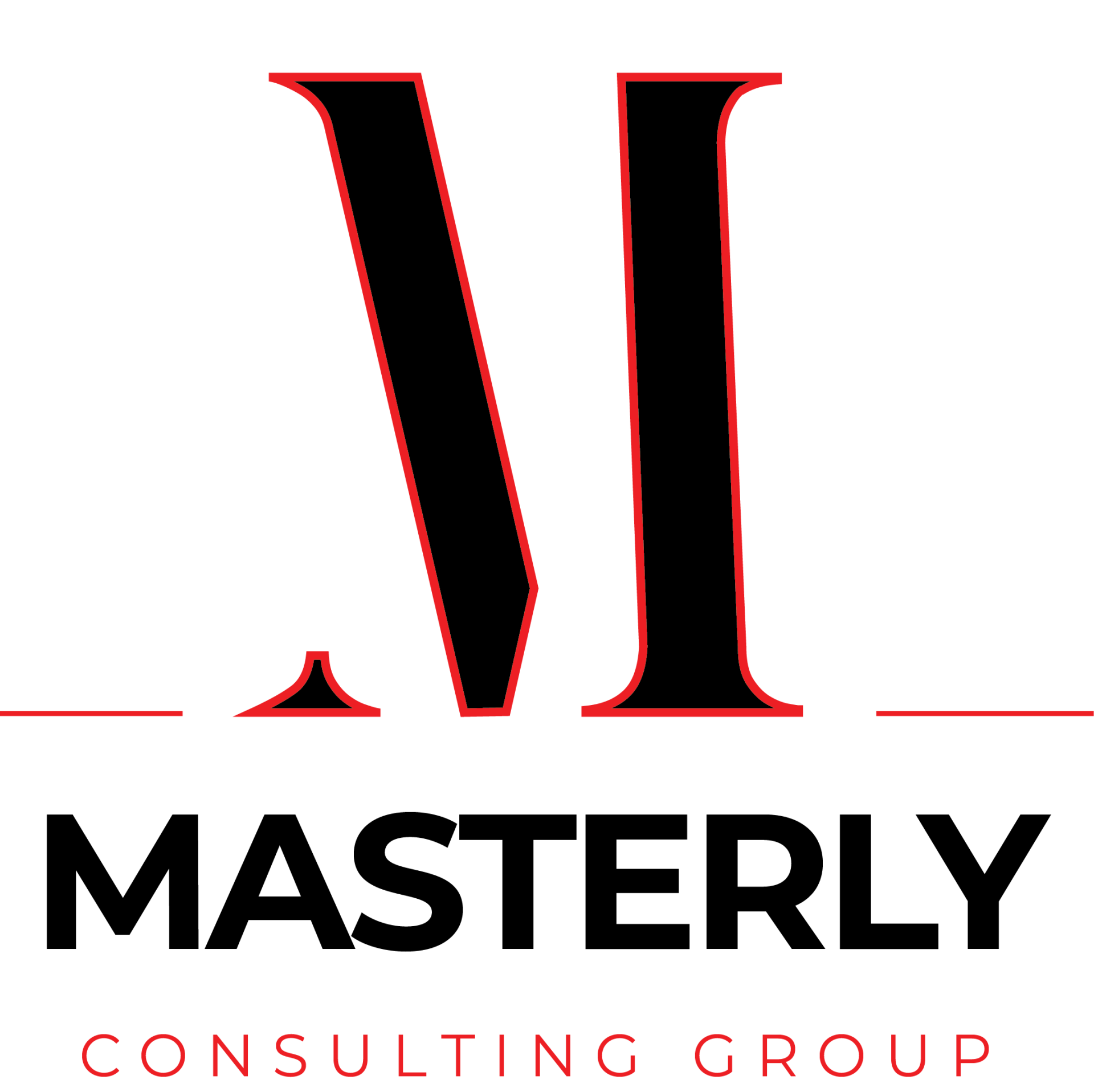
Masterly Consulting Group
Office Number
(888) 209-4055
Office Locations
Dallas, TX | Uptown Area
Houston, TX | Galleria Area
Grand Prairie | Training Center
West Palm Beach, FL | Downtown
Coming Soon
Atlanta, GA
Latest news



